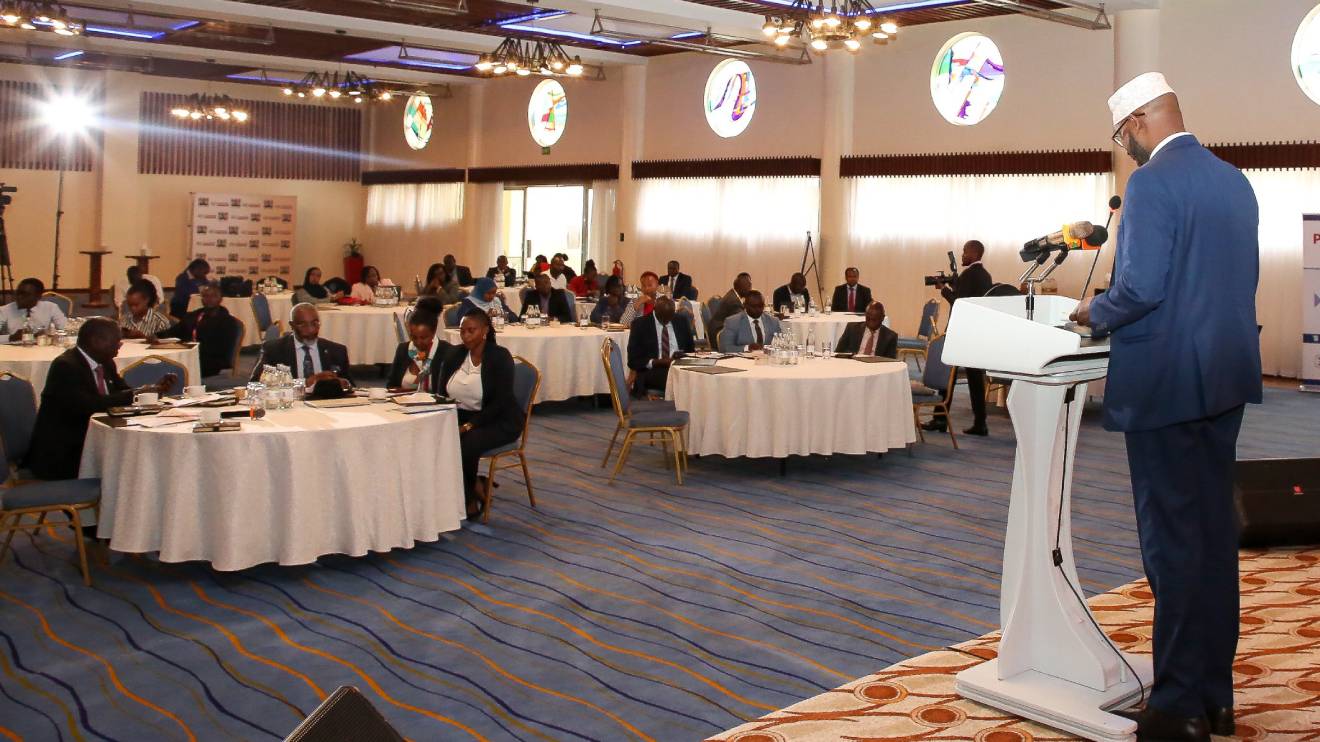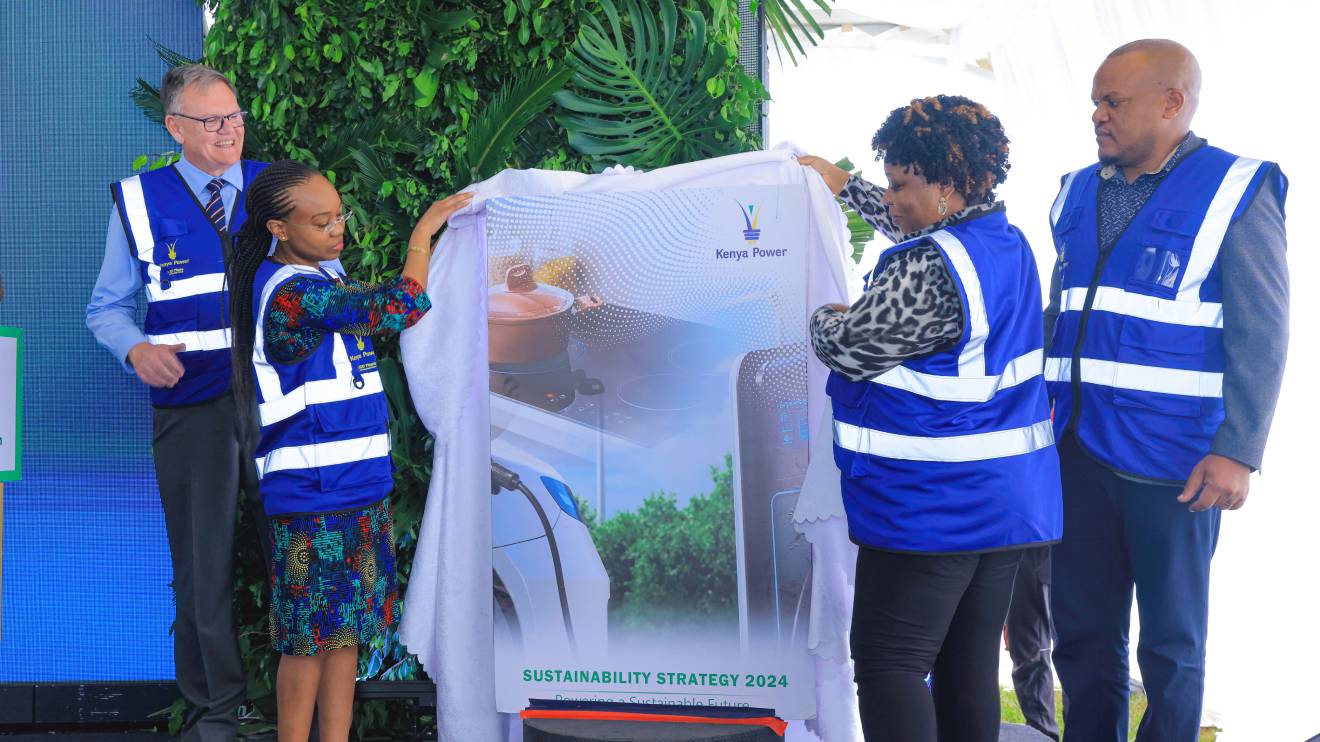The recently released Leading Economic Indicators (September 2024) report by the Kenya National Bureau of Statistics (KNBS) sheds light on the challenging economic terrain many Kenyans are navigating.
The document highlights critical shifts across various economic sectors, including consumer behaviour, trade, energy consumption, and transport, painting a sobering picture of the state of the nation’s economy.
Mounting tax burdens and their impact
In a bid to fund its ambitious agenda, the Kenya Kwanza government has introduced a slew of levies, including the Affordable Housing Levy and the Social Health Authority contributions, on top of statutory deductions.
These measures have driven individual and corporate taxes to unprecedented levels, squeezing disposable income for workers and small businesses alike.
Read More
Dwindling purchasing power has hit demand hard, leaving struggling firms in a precarious position.
This financial squeeze became starkly evident this week when the Kenya Revenue Authority (KRA) reported a revenue shortfall of Sh42.9 billion in the first four months of the 2024/25 financial year.
The Laffer Curve and Kenya’s taxation strategy
The persistent tax hikes have raised questions about their effectiveness. Economic theory, particularly the Laffer Curve, suggests that excessive taxation can stifle economic activity, leading to tax evasion, reduced work incentives, and diminished revenues.
The Laffer Curve demonstrates that while zero taxation yields no revenue, imposing a 100 per cent tax rate would equally result in no revenue as businesses and individuals cease economic activity.
Kenya appears to be grappling with this conundrum, with tax rates for formal workers reportedly hovering around 45 per cent or more.
Sectoral shifts and consumption patterns
The KNBS report provides a granular view of sectoral performance. Fossil fuel consumption, for instance, declined markedly between August and September 2024, with petrol usage dropping by four per cent, diesel by 2.5 per cent, and kerosene by a staggering 41.29 per cent.
Notably, this occurred despite fuel prices hitting a 19-month low, driven by reduced import costs.
The decline in fuel consumption reflects changing consumer behaviour, likely spurred by prolonged high prices in preceding years and a gradual shift to cheaper alternatives.
In mobile money, agent numbers rose from 348,065 in August to 367,551 in September, alongside an increase in subscriptions from 78.6 million to 79.4 million.
Yet, paradoxically, transaction volumes fell to 196.5 million from 214.3 million, while their value dropped from Sh705.9 billion to Sh670.5 billion.
Tax surveillance on mobile money platforms may be fuelling this decline, with many opting for untraceable cash transactions.
Transport woes
The Standard Gauge Railway (SGR) saw passenger numbers plummet from 281,683 in August to 175,901 in September 2024, causing a corresponding revenue drop from Sh440.6 million to Sh296.4 million.
This decline can be partly attributed to rising ticket costs. Kenya Railways recently raised fares, with Economy Class passengers on the Nairobi-Mombasa route now paying Sh1,500, up from Sh1,000.
Premium services, introduced in August, come at a hefty Sh12,000 per ticket, further alienating cost-conscious travellers.
Tax policy: The balancing act
While taxation remains the cornerstone of government financing, achieving a fair and efficient system is a delicate balancing act.
The KNBS report underscores the urgent need for Kenya to reassess its approach.
With mounting evidence that high taxes are eroding economic activity and revenue collection, policymakers must tread carefully to avoid exacerbating the country’s economic woes.
The challenge ahead lies in crafting a tax framework that stimulates growth, ensures equity, and secures the revenue needed for national development.
Whether the Kenya Kwanza government will heed these lessons remains to be seen.

-1732530327.jpg)





-1732549837.jpg)
